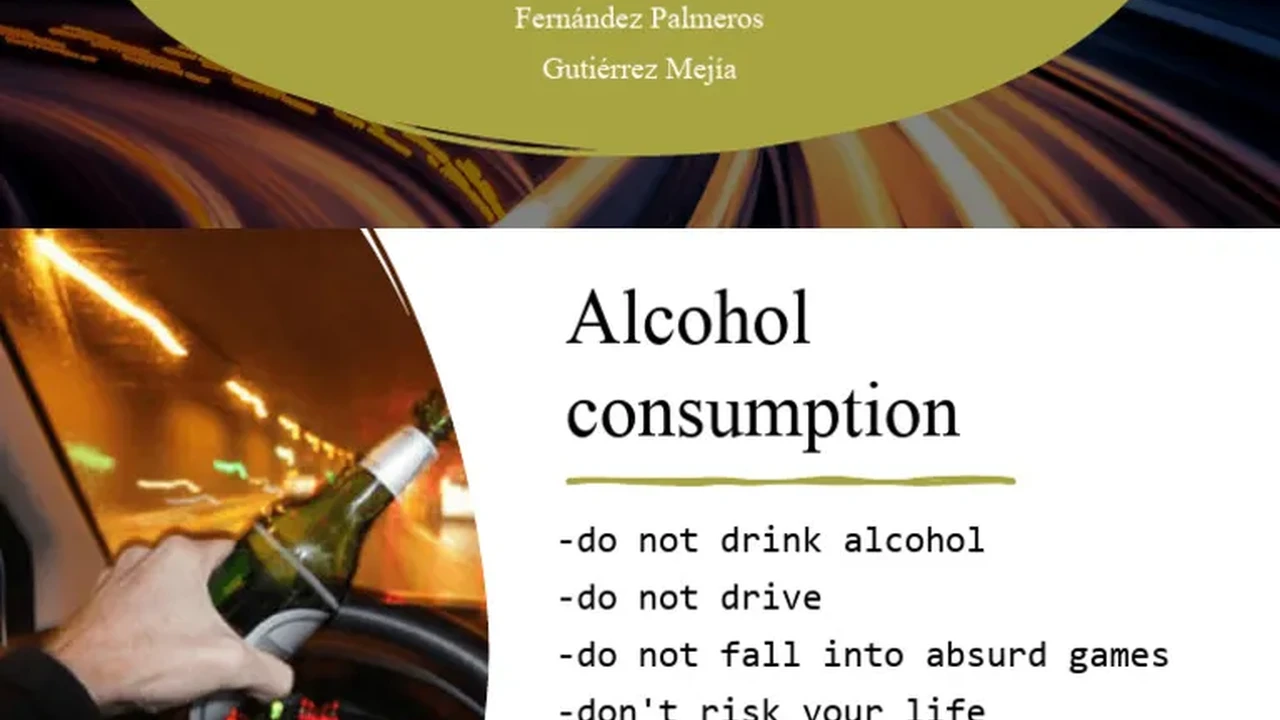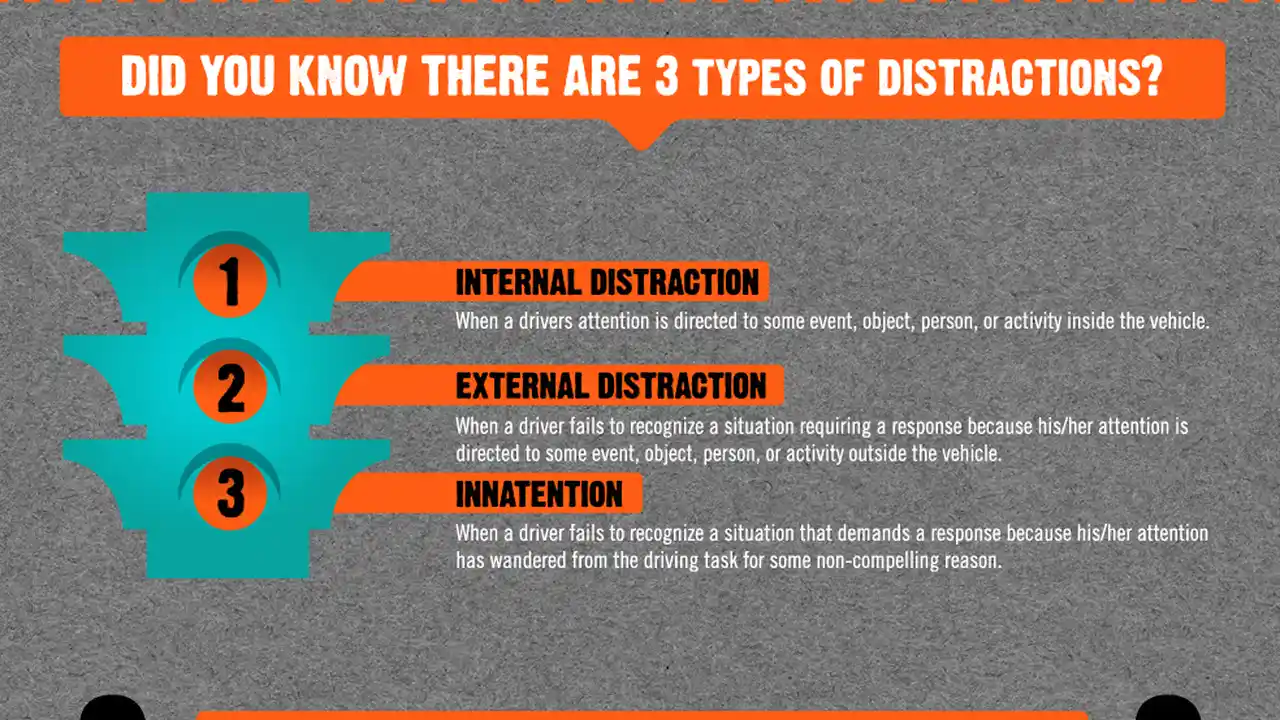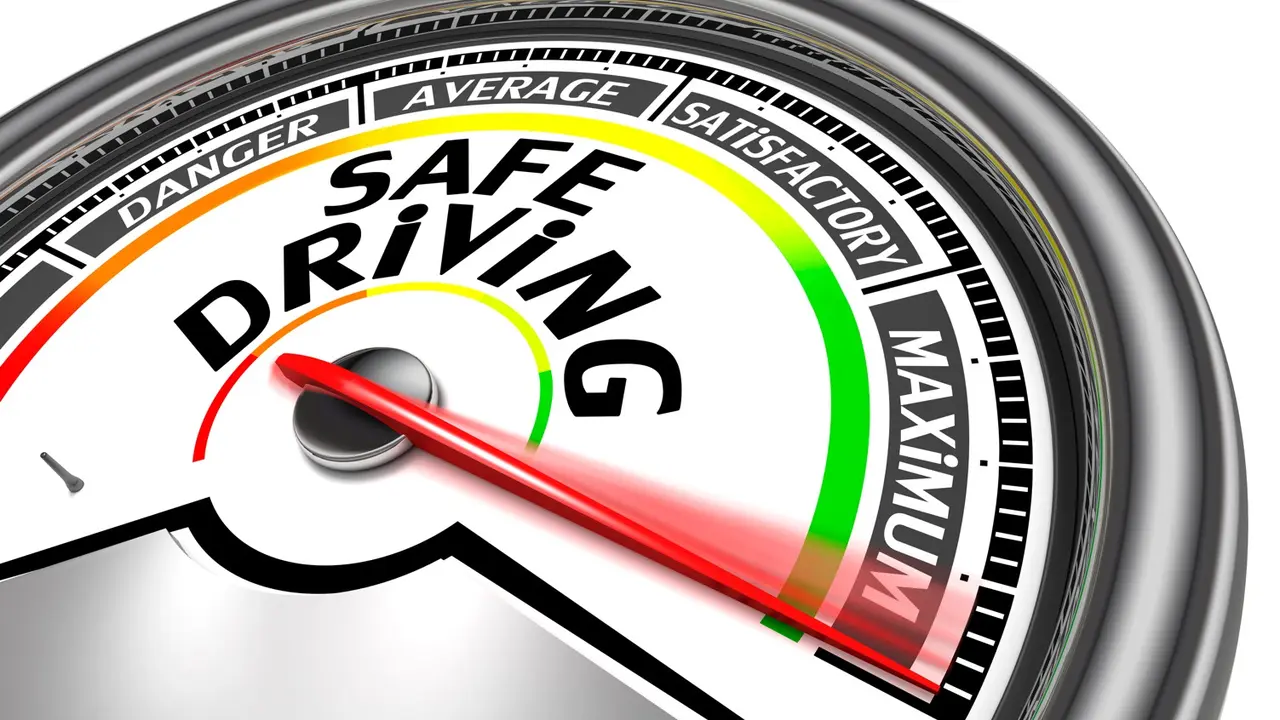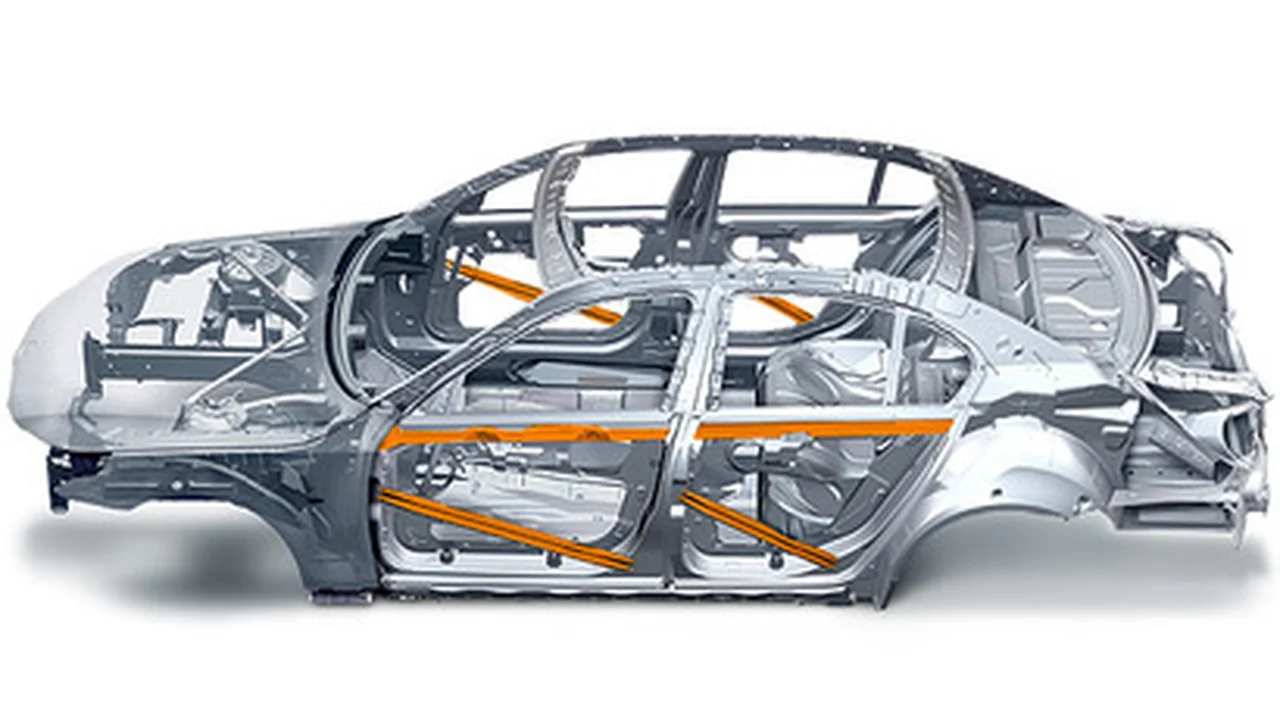7 Proven Strategies for Preventing Car Accidents
Sample meta description.

Understanding Common Causes of Car Accidents: Driver Error and Risk Factors
Alright, let's dive right in. Car accidents – nobody wants to be a part of one, right? But understanding why they happen is the first step to avoiding them. A huge chunk of accidents boils down to driver error. We're talking about things like distracted driving – think texting, eating, or even just fiddling with the radio. Then there's impaired driving, which is a no-brainer, but still a major problem. Speeding, aggressive driving (road rage, anyone?), and plain old inexperience also play a big role. Let's not forget about those pesky environmental factors like bad weather or poor road conditions. So, being aware of these risk factors is crucial.
Strategy 1: Eliminate Distractions: Focus on the Road Ahead
This one's a biggie. Put your phone away! Seriously. Turn it off, put it in the glove compartment, whatever it takes. And it's not just phones. Eating, drinking, and even engaging in intense conversations can take your focus off the road. Make sure your passengers know that when you're driving, you need to concentrate. Think of driving as your only job while you're behind the wheel. It really is that important.
Strategy 2: Maintain a Safe Following Distance: The Three-Second Rule
Tailgating is a recipe for disaster. The three-second rule is a simple way to make sure you have enough space to react. Pick a stationary object like a sign or a tree. As the car in front of you passes it, count "one thousand one, one thousand two, one thousand three." If you pass the object before you finish counting, you're too close! Increase your following distance, especially in bad weather.
Strategy 3: Obey Traffic Laws: Speed Limits and Road Signs
This might seem obvious, but it's surprising how many accidents happen because people ignore the rules of the road. Speed limits are there for a reason. Road signs are there for a reason. Pay attention to them! Don't run red lights, yield when you're supposed to, and always signal your intentions. It's not just about avoiding a ticket; it's about keeping yourself and everyone else safe.
Strategy 4: Drive Defensively: Anticipate Other Drivers' Actions
Think of yourself as a chess player on the road. You need to anticipate what other drivers might do. Are they about to change lanes without signaling? Are they slowing down unexpectedly? Be prepared to react to their actions. Assume that other drivers might make mistakes, and be ready to avoid them. This is where defensive driving courses can really come in handy.
Strategy 5: Adjust to Weather Conditions: Driving in Rain, Snow, or Fog
Rain, snow, and fog can significantly reduce visibility and traction. Slow down! Increase your following distance. Use your headlights. If the weather is really bad, consider postponing your trip altogether. And remember, black ice is a real thing. It can be incredibly dangerous because it's nearly invisible. If you suspect black ice, avoid sudden braking or steering. Just ease off the gas and try to maintain control.
Strategy 6: Regular Vehicle Maintenance: Tires, Brakes, and Lights
A well-maintained vehicle is a safer vehicle. Make sure your tires are properly inflated and have sufficient tread. Check your brakes regularly. Ensure all your lights are working, including your headlights, taillights, and turn signals. Get regular oil changes and other maintenance services. A small investment in maintenance can prevent a major accident down the road.
Strategy 7: Stay Alert and Avoid Fatigue: Drowsy Driving Prevention
Driving when you're tired is just as dangerous as driving under the influence. Get enough sleep before you hit the road. Take breaks every few hours to stretch your legs and get some fresh air. If you start to feel drowsy, pull over to a safe location and take a nap. Don't try to tough it out. It's not worth the risk.
Recommended Products for Safe Driving: Dash Cams, Blind Spot Monitors, and Tire Pressure Monitoring Systems
Okay, so we've covered the strategies. Now, let's talk about some gadgets that can help you stay safe on the road.
Dash Cams: Capturing Evidence and Preventing Fraud - Best Dash Cam Models and Pricing
A dash cam is basically a video recorder for your car. It records everything that happens in front of your vehicle. In the event of an accident, it can provide crucial evidence to insurance companies and law enforcement. It can also protect you from fraudulent claims. Product Recommendation: Thinkware F200 Pro. It's a reliable dash cam with excellent video quality, even at night. It also has features like parking mode and impact detection. Use Case: Mount the dash cam on your windshield, and it will automatically record whenever your car is running. If an accident occurs, you can easily download the footage and share it with the authorities. Comparison: The Thinkware F200 Pro is a mid-range dash cam that offers a great balance of features and price. Compared to cheaper models, it has better video quality and more reliable performance. Compared to high-end models, it's more affordable and still provides all the essential features. Price: Around $150-$200.
Blind Spot Monitoring Systems: Enhancing Visibility and Preventing Lane Change Accidents - Best Blind Spot Monitor Options and Costs
Blind spot monitors use sensors to detect vehicles in your blind spots. When a vehicle is detected, the system will alert you with a visual or audible warning. This can help you avoid lane change accidents, which are a common cause of collisions. Product Recommendation: Gentex Blind Spot Mirror. This is a replacement rearview mirror that includes blind spot monitoring. It's easy to install and integrates seamlessly with your car's existing systems. Use Case: The Gentex mirror replaces your existing rearview mirror. When a vehicle enters your blind spot, a small light will illuminate on the mirror. This alerts you to the presence of the vehicle, allowing you to make safer lane changes. Comparison: Compared to aftermarket blind spot monitoring systems that require drilling and wiring, the Gentex mirror is much easier to install. It also looks more integrated with your car's interior. Price: Around $300-$400.
Tire Pressure Monitoring Systems (TPMS): Maintaining Optimal Tire Pressure and Improving Fuel Efficiency - Best TPMS Systems and Pricing
TPMS monitors the air pressure in your tires and alerts you if the pressure drops below a certain level. Underinflated tires can reduce fuel efficiency, increase tire wear, and even lead to blowouts. TPMS helps you maintain optimal tire pressure, which improves safety and saves you money. Product Recommendation: Autel MX-Sensor. These are universal TPMS sensors that can be programmed to work with most vehicles. Use Case: Have a qualified mechanic install the Autel MX-Sensors in your wheels. The sensors will then transmit tire pressure data to your car's computer. If the pressure drops below a certain level, a warning light will illuminate on your dashboard. Comparison: Compared to OEM TPMS sensors, the Autel MX-Sensors are more affordable and can be programmed to work with a wider range of vehicles. Price: Around $30-$50 per sensor. Installation costs will vary.
So there you have it! Seven strategies for preventing car accidents, plus some cool gadgets to help you stay safe. Drive safe out there!
:max_bytes(150000):strip_icc()/277019-baked-pork-chops-with-cream-of-mushroom-soup-DDMFS-beauty-4x3-BG-7505-5762b731cf30447d9cbbbbbf387beafa.jpg)






